
Types of E-commerce in Simple Terms
Have you ever bought anything online? Or maybe you sold an item yourself on a website? If your answer is yes, then you have participated in e-commerce.
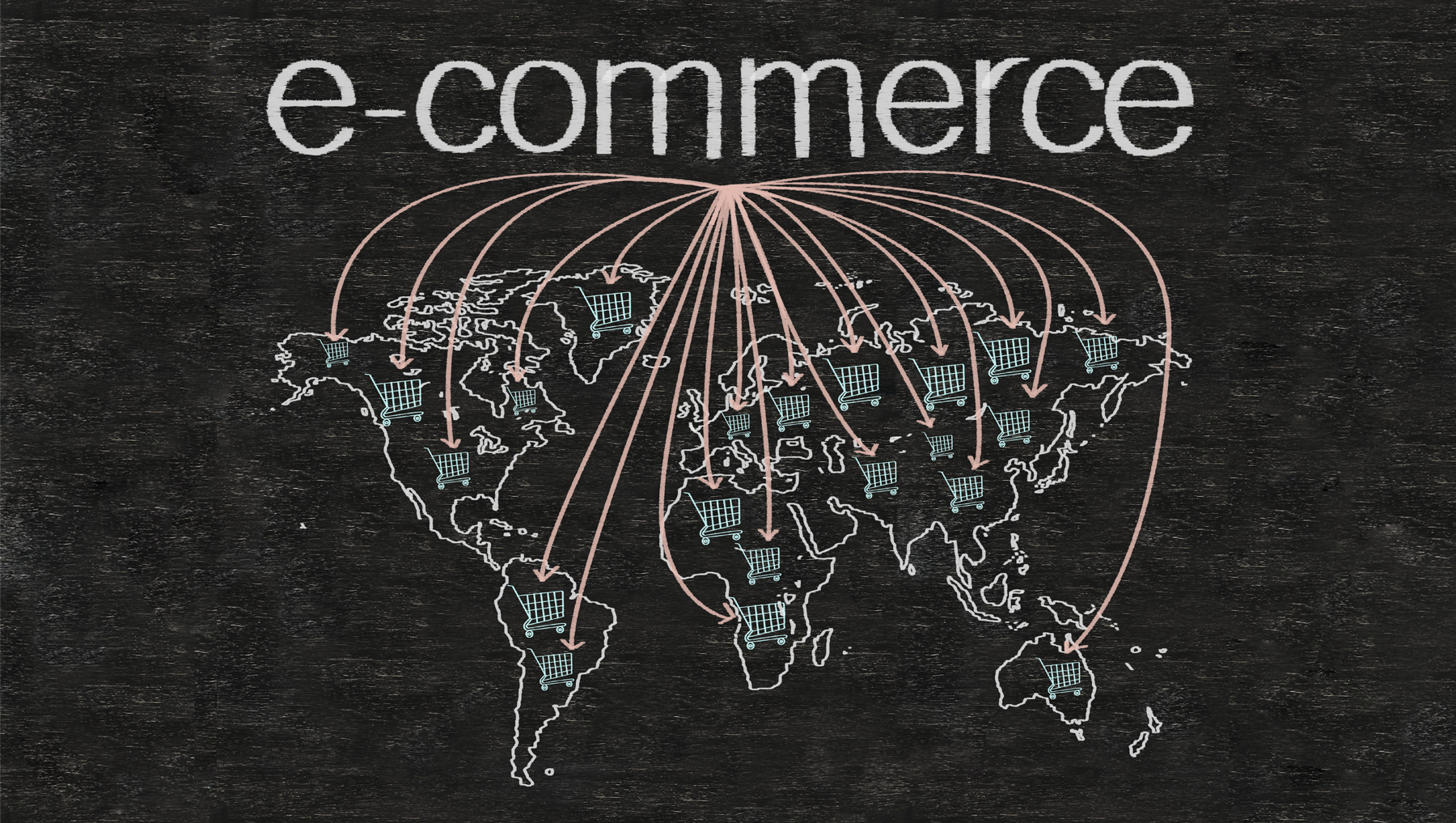
E-commerce stands for electronic or internet commerce that simply means buying and selling of goods through the internet. And unlike what you might think there are more types of e-commerce than just one.
The first thing you think of when you hear e-commerce is probably Amazon or eBay. It is not surprising, considering that they are e-commerce giants. However, it is not the only model. The business is not always the provider of goods and services. Online transactions can also occur between two businesses, between two consumers, and between a consumer and a business.
The e-commerce market is huge. Digital experts even estimate that it might even take over physical stores in years to come. In other words, it is the future of shopping. And that is why we think it is so important to understand how it works. Let’s go over these categories and attempt to understand all the different types of e-commerce there are.
Business to Consumer or B2C
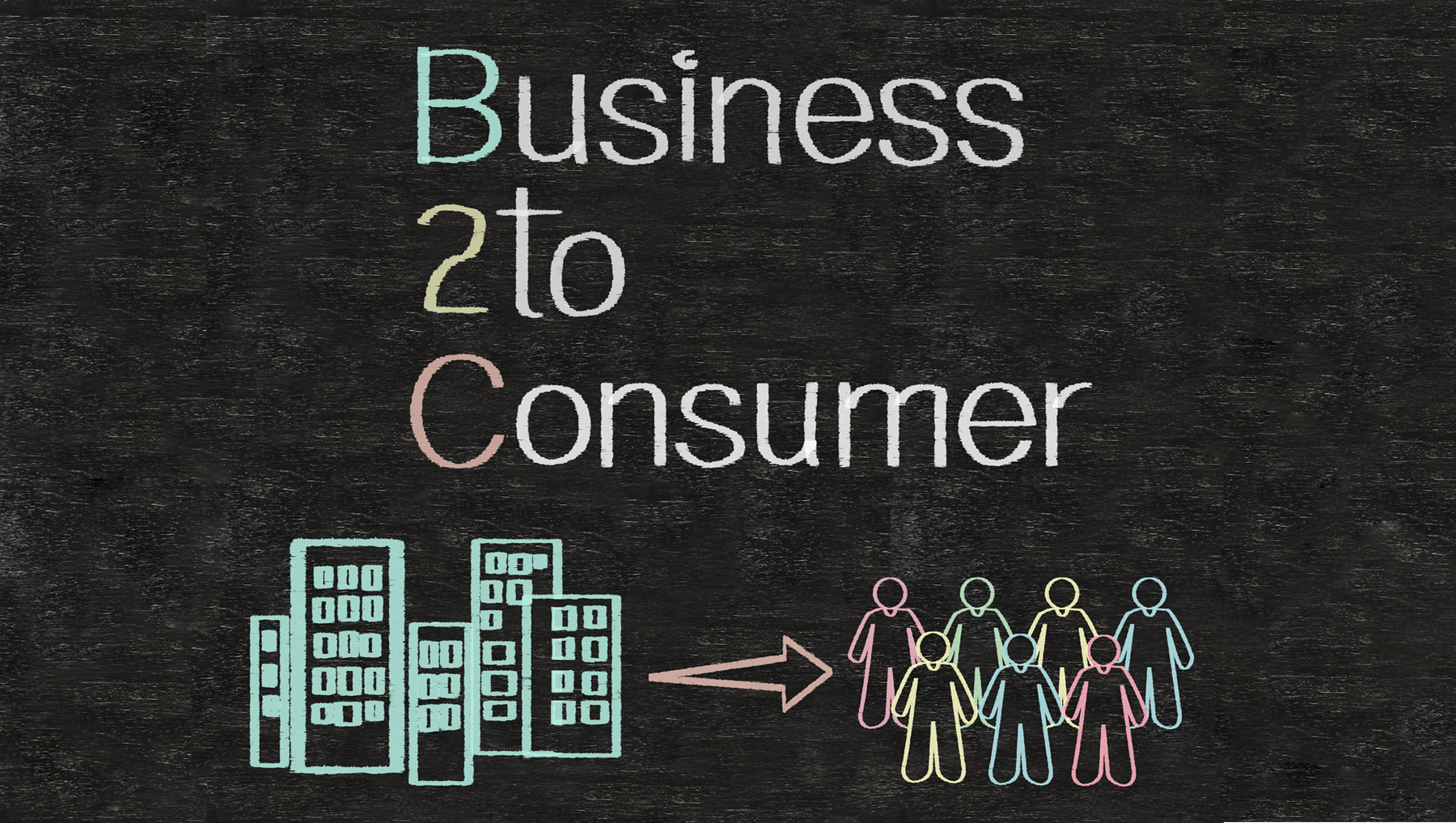
The first one of many types of e-commerce is B2C or Business to Consumer. In that model, a business provides services or products to a consumer who purchases them. This category takes up a huge part of the market in general. We are sure you have contributed to this market by simply ordering something online. The web is filled with these kinds of online shops. The above mentioned Amazon, eBay, and Alibaba are among them.
Business to Business or B2B
You might already be aware of this one, but the world doesn’t revolve around you — the consumer. Businesses don’t only sell things to individuals, they also work with each other.
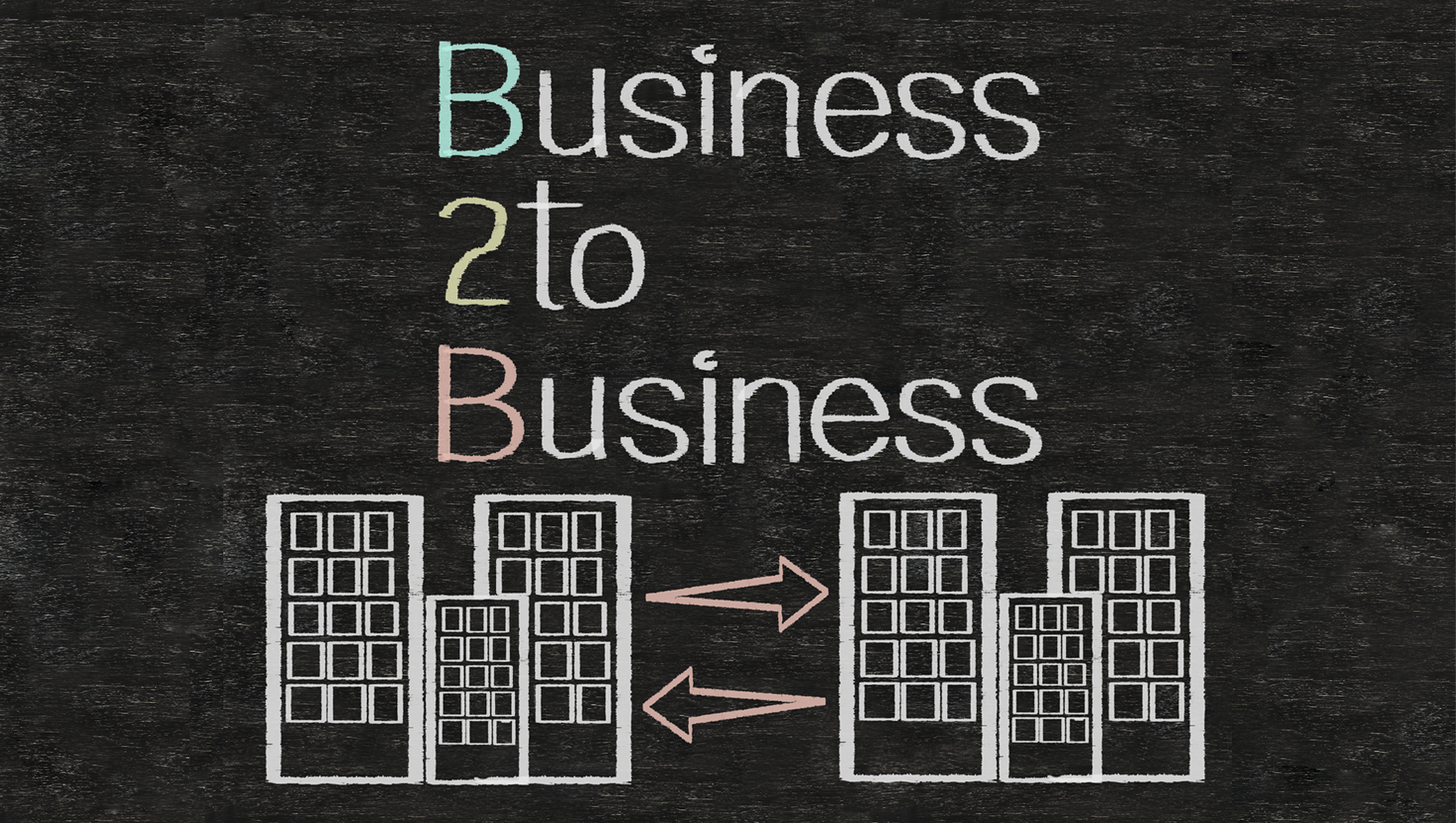
The B2B model has become a vital part of the global economy. This industry is generating trillions and trillions of dollars, and the numbers are going to keep growing. An online company selling screws to a technology company is an example of B2B e-commerce.
However, the businesses doing business to business e-commerce are not just big deal companies with serious CEOs. If you — let’s say — have a small online business of your own that sells wax to someone who makes candles then you, my friend, participate in business to business e-commerce.
Consumer to Business or C2B
This one might sound surprising to you. You might think — What can I offer businesses and wouldn’t selling them something just be B2B? Not exactly. When it comes to C2B the consumer is not actually selling a product to a business; they are selling their influence. People care about other people’s opinions on products, and this is where C2B comes in.
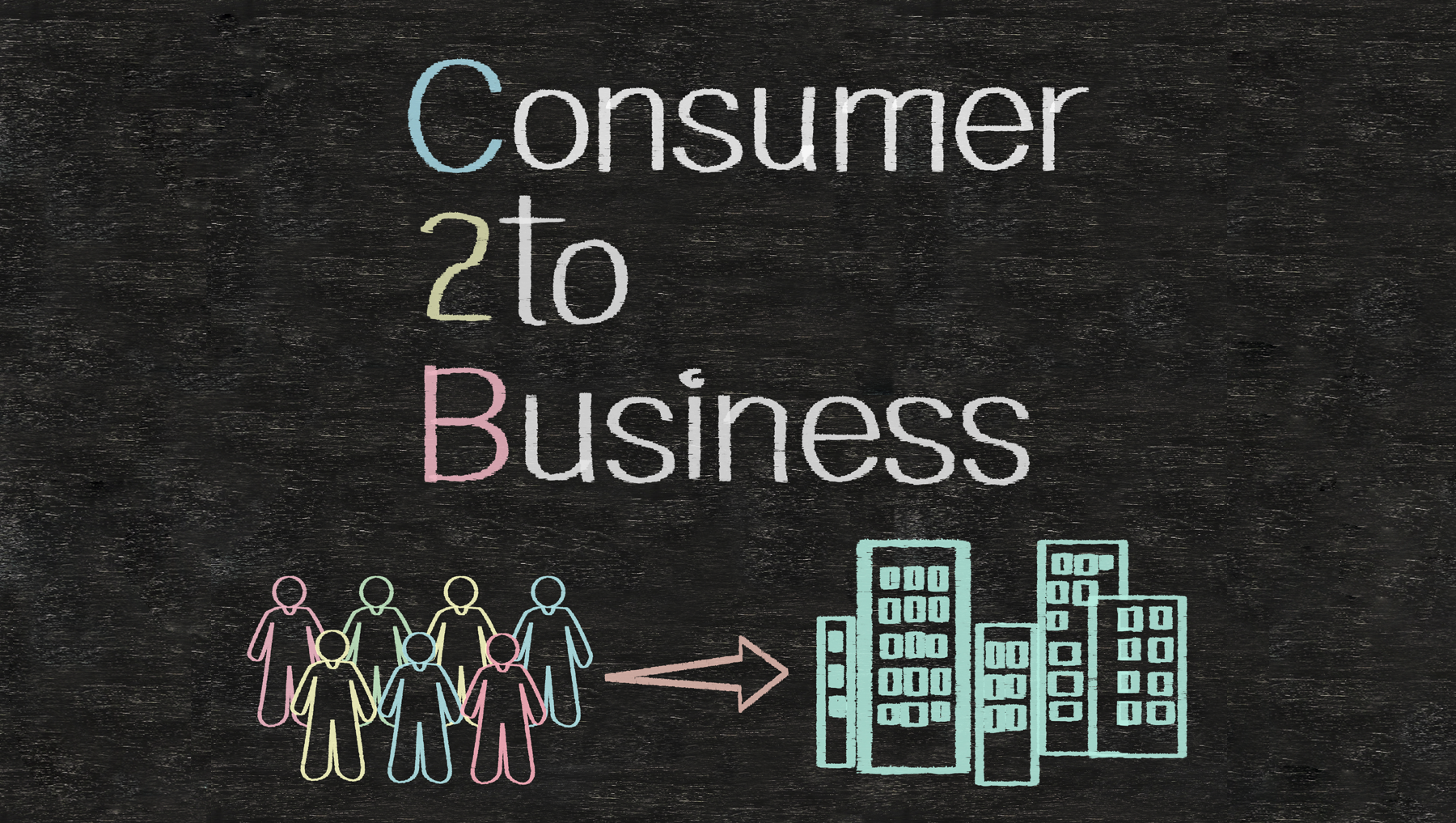
We’ve all probably seen people advertise products on their social media with the nice little #ad. Well, that was a consumer to business e-commerce. But it’s not just that, even the customer reviews you leave or the polls you participate in for companies are C2B. A business can also send a product to an individual for free and ask them to talk about it online. In other words, the monetary payment is not an inherent part of Consumer to Business e-commerce.
Consumer to Consumer or C2C
Last but not least, is the consumer to consumer e-commerce model. This one might be confused with B2C e-commerce since there is not too much of a difference for the receiver. But of course, it depends on who you ask. With consumer to consumer e-commerce, you as a customer purchase goods and services from individuals and not companies.
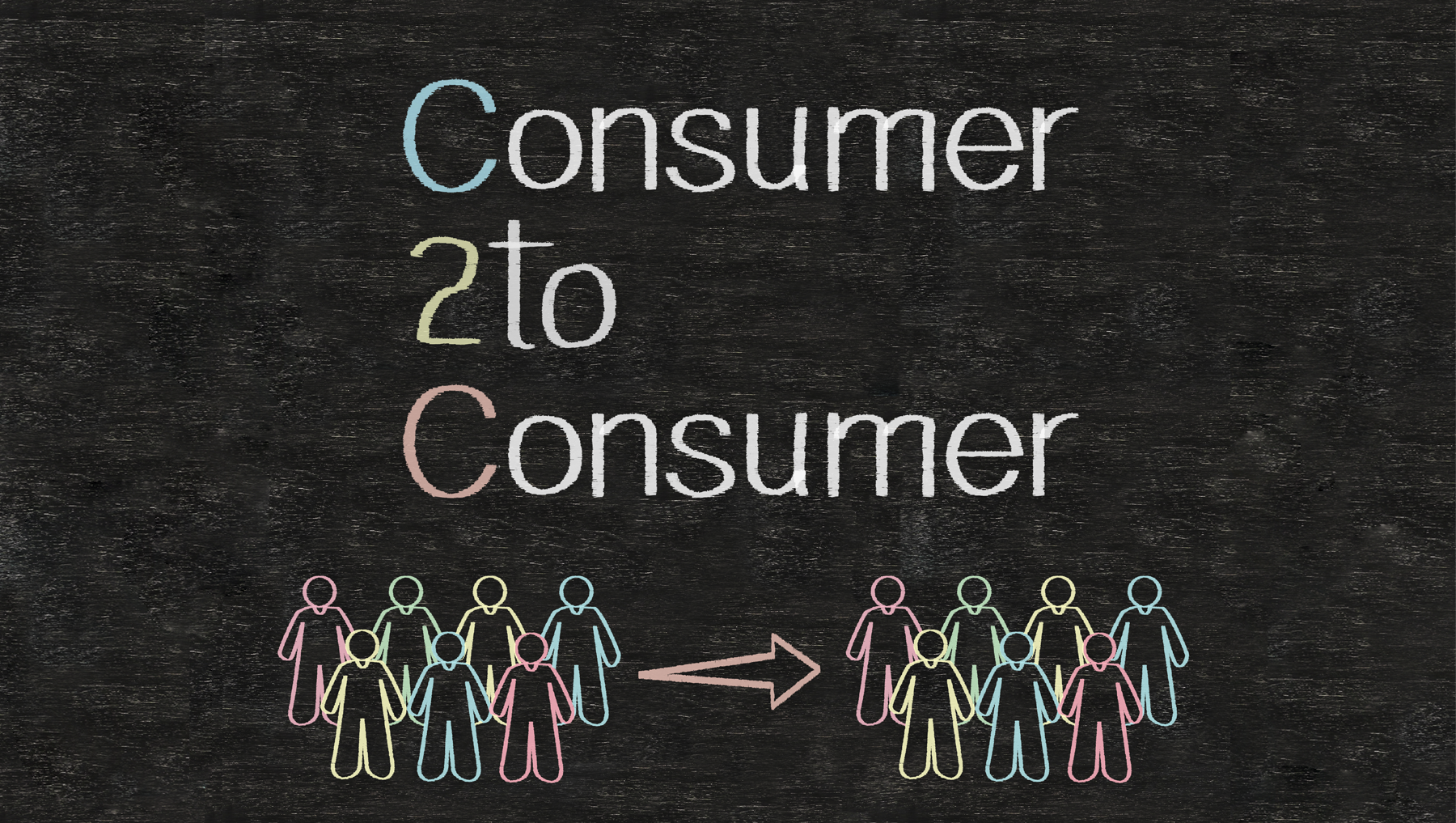
Even though the companies are not involved in the process, C2C e-commerce still requires a platform. Usually, they perform the transactions using third party websites. That is also the main reason people often confuse consumer to consumer e-commerce and business to consumer e-commerce. Most of the time both take place on the same website.
Let’s take Amazon again as an example. If you don’t use your old Xbox anymore and would like to sell it you can do that on Amazon — that’s an example of a C2C model. But if you have a company you can also use the same website to sell your products — that’s B2C. On the other hand, eBay has always been only for C2C transactions.
Here you have it, four types of e-commerce. All of this might sound confusing — and it is! It took me a while to figure out where business to business e-commerce ends, where business to consumer starts and where consumer to consumer continues. And frankly, I still don’t get it, but I’m not very bright so that one’s on me I suppose.






